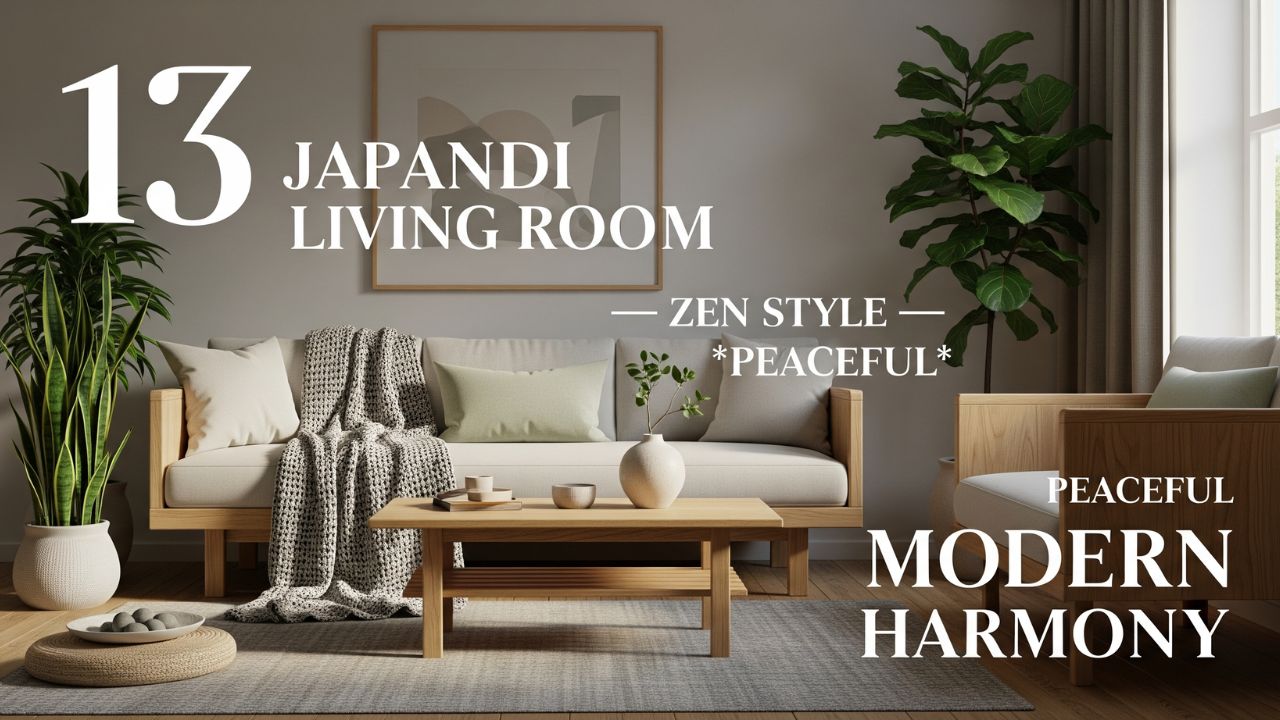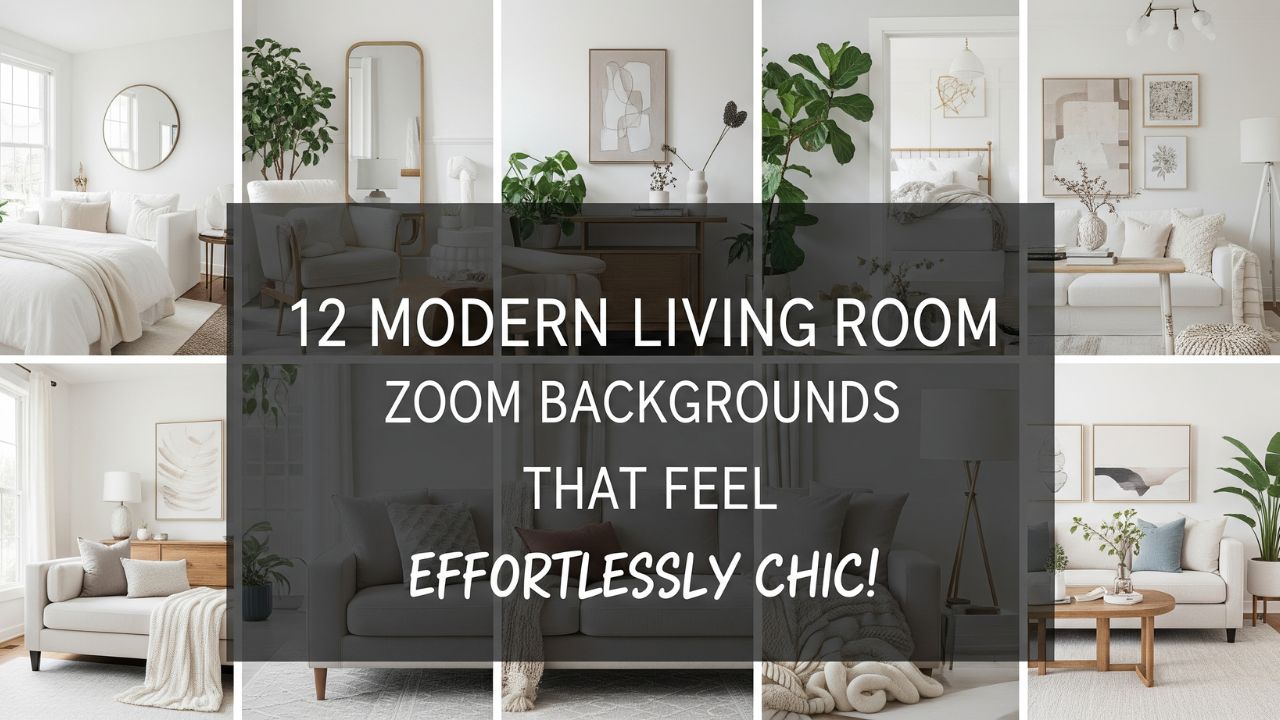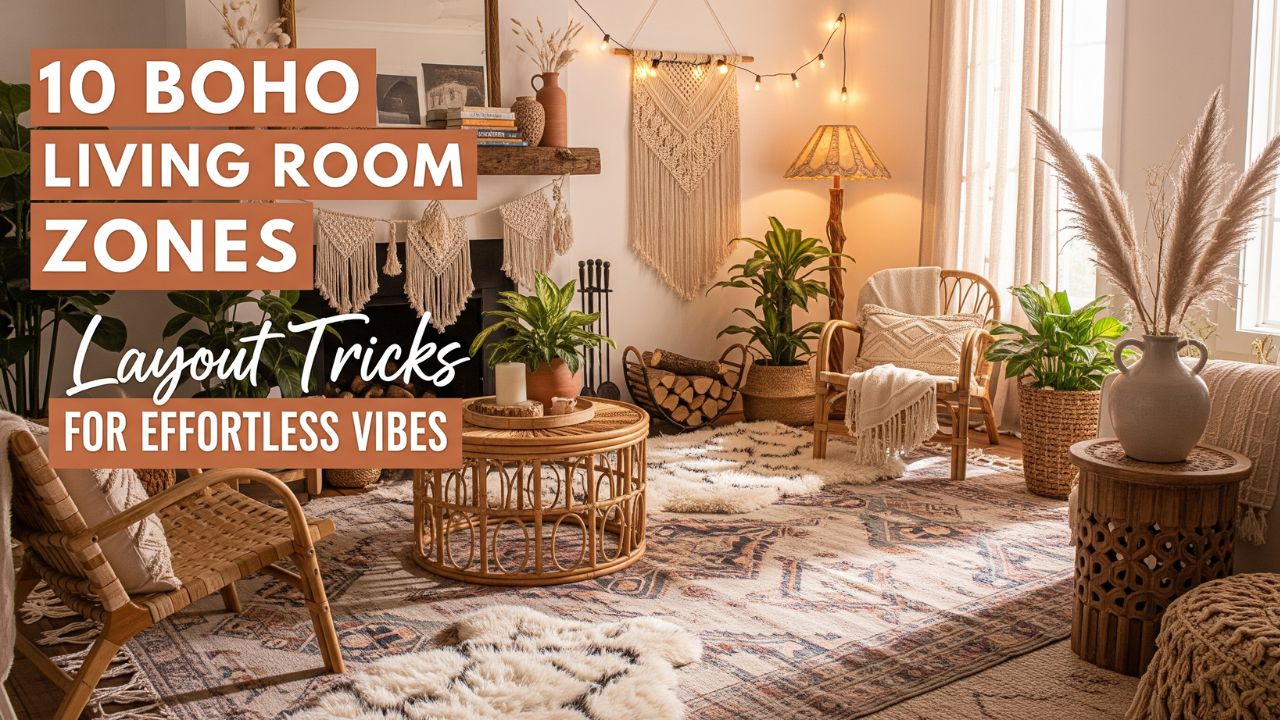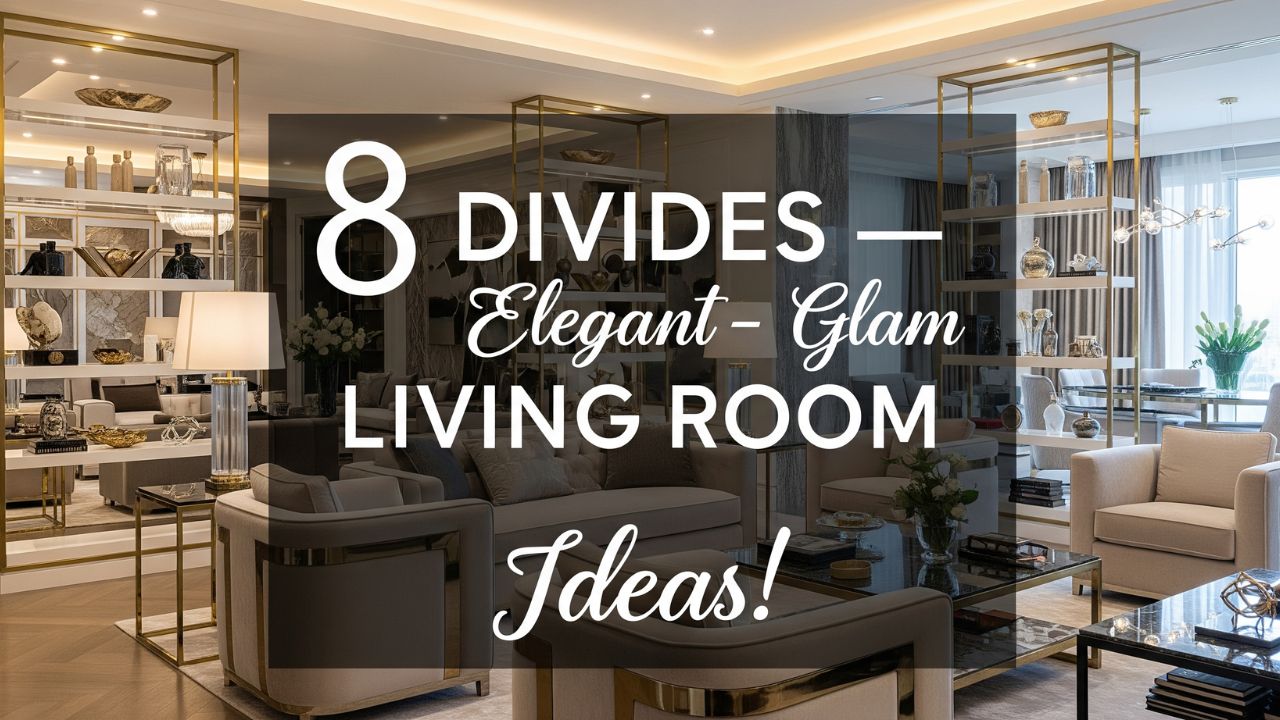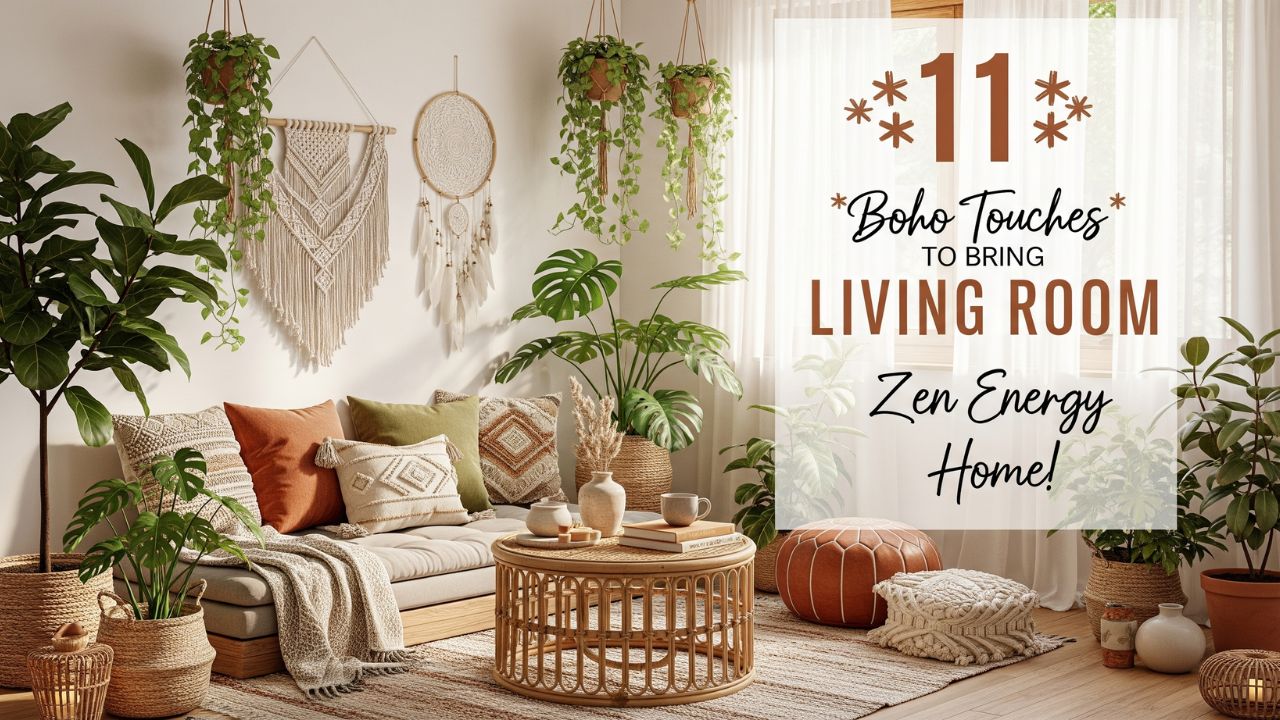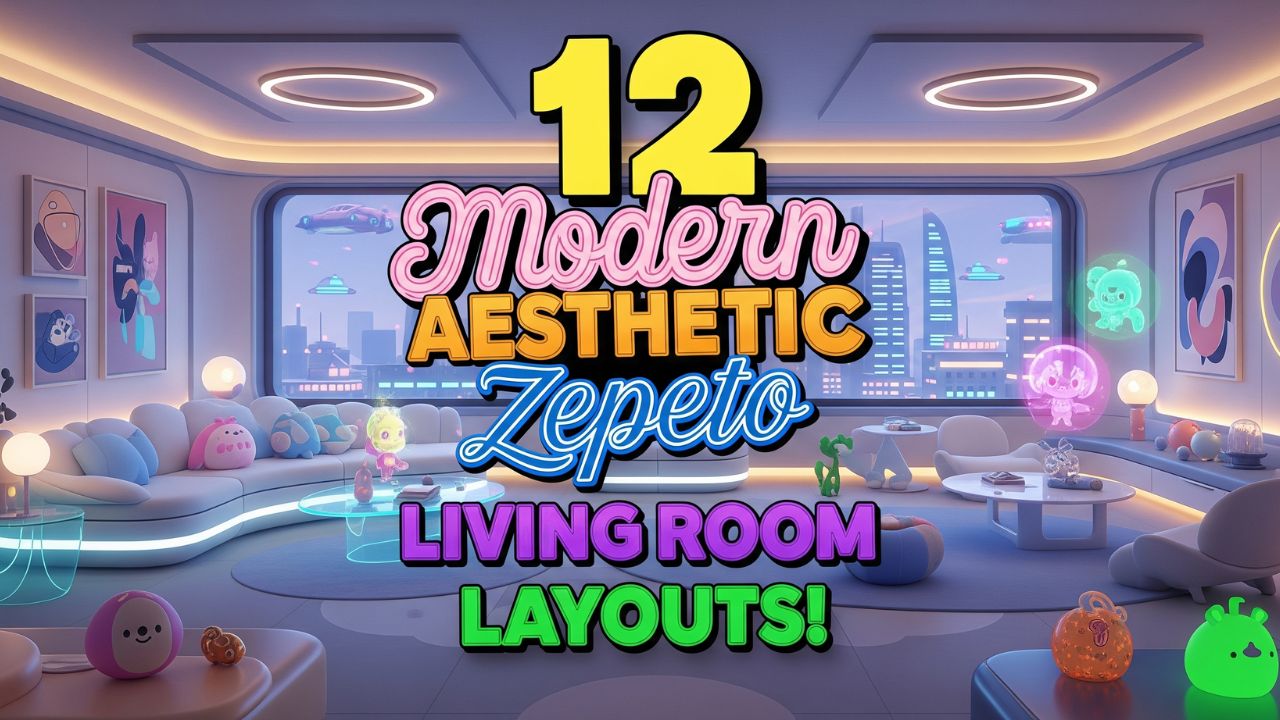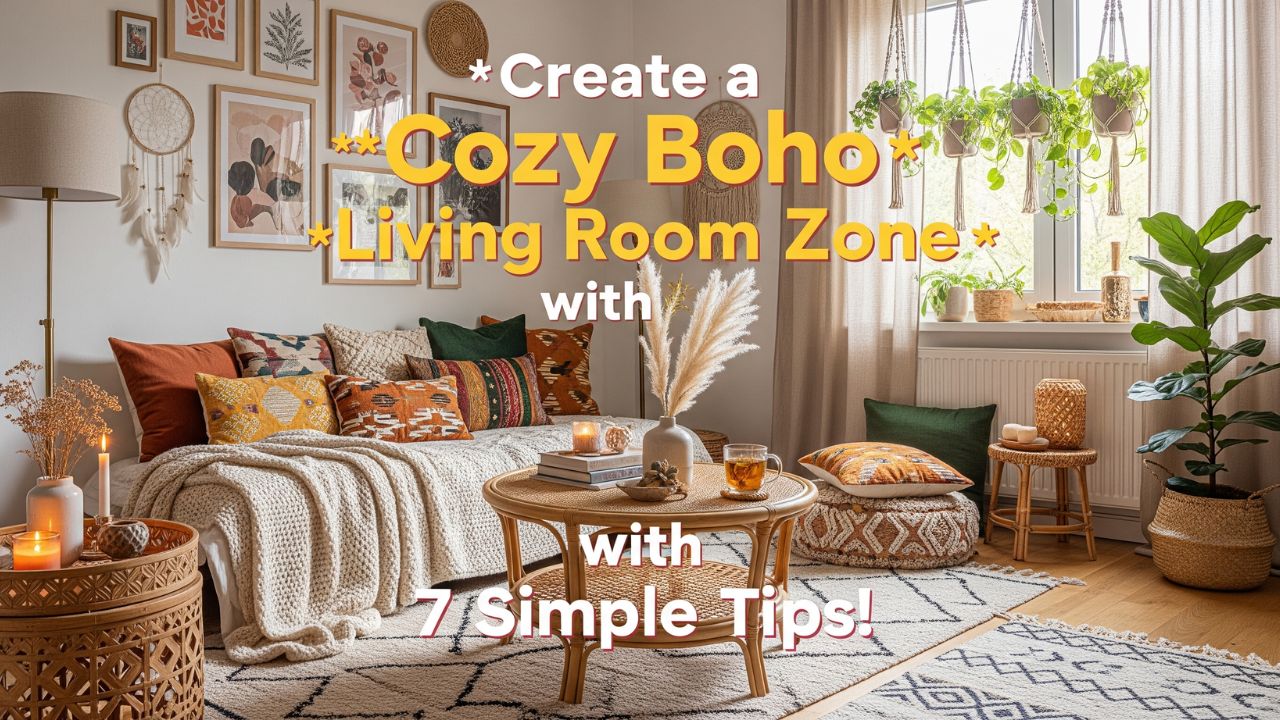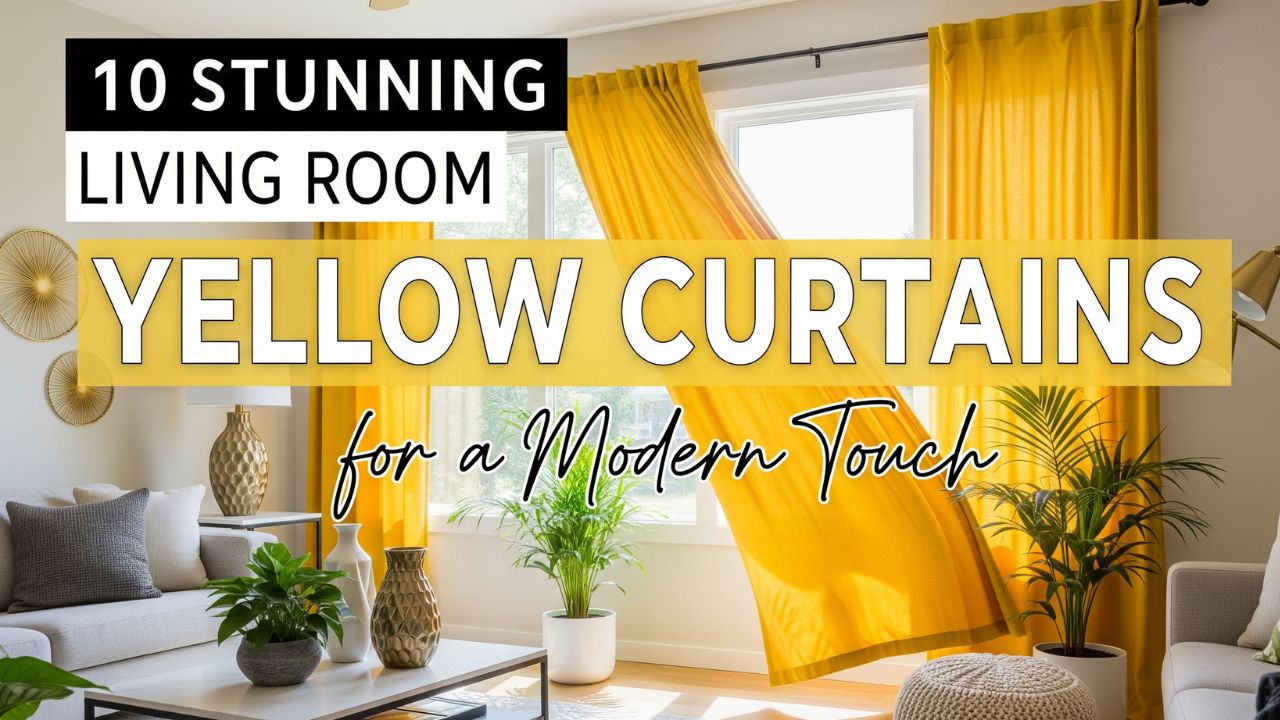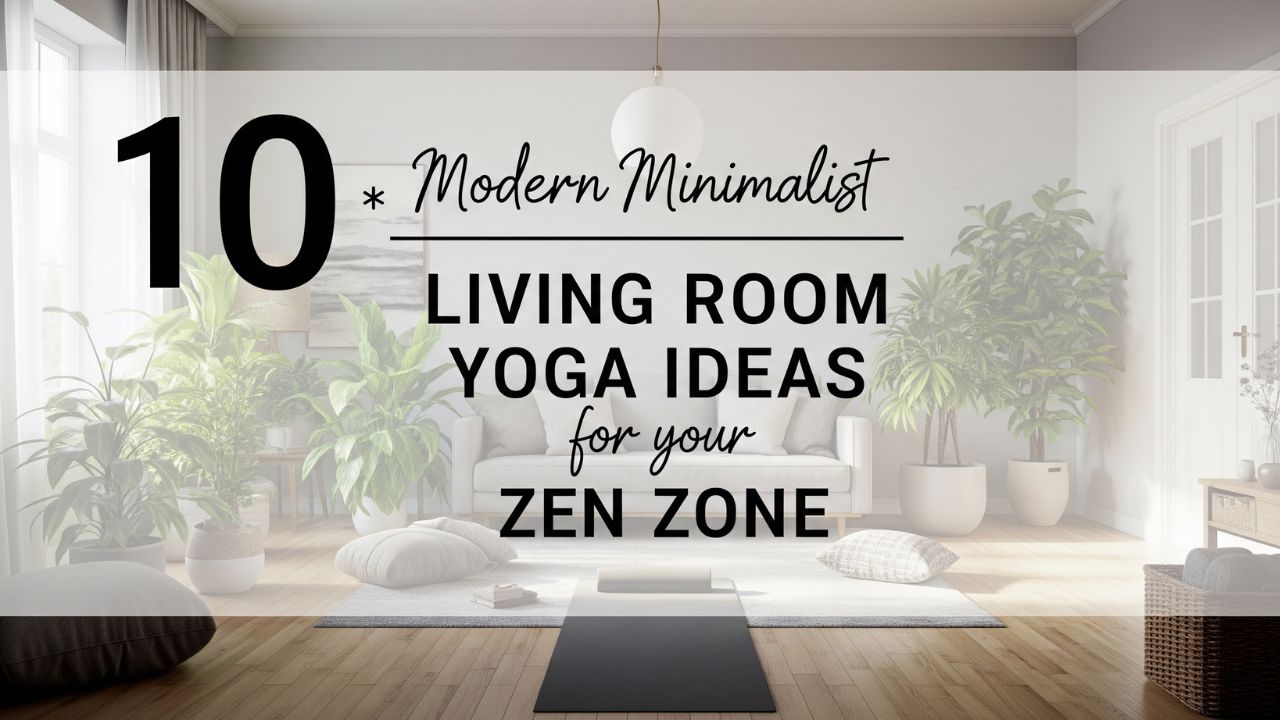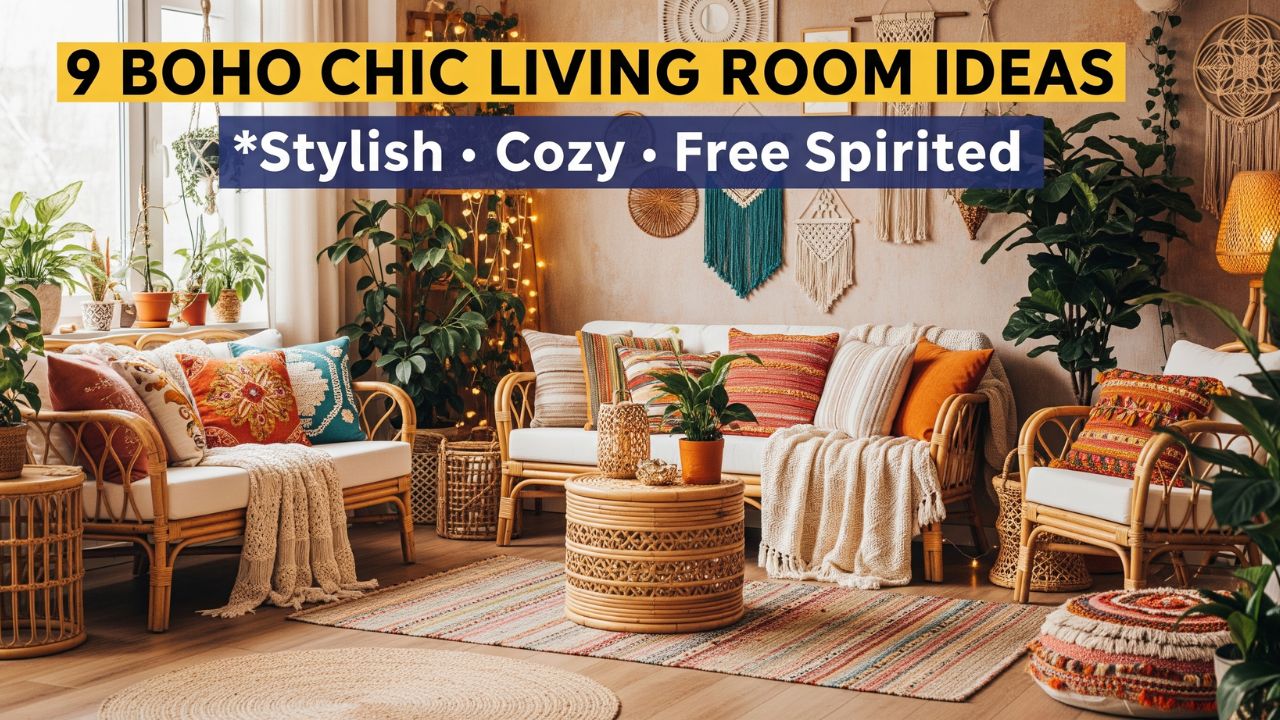Imagine walking into your living room and instantly feeling a wave of calm wash over you — not because you’ve redecorated with sterile minimalist whites, but because the space invites you into a gentle embrace of textures, natural materials, and soulful layers.
That’s the magic of boho — but not the chaotic, colorful “hippie-garage sale” aesthetic many fear. Instead, we’re talking about a refined, grounded bohemian-inspired sanctuary that whispers relaxation.
Do you know that the word “bohemian” originally referred to the Romani people in 19th-century France, because they were believed to have come from the region of Bohemia?
This sense of unbound movement, non-conformity and the blending of cultural influences is exactly what creates a living room with zen energy. A space that doesn’t shout, but gently holds.
Whether you already adore boho style or you simply want to infuse your space with warmth, texture and soul, the following 11 touches will give you practical ideas while staying true to that relaxed, grounded vibe. Think of this as a Pinterest-ready list, but rooted in purposeful design.
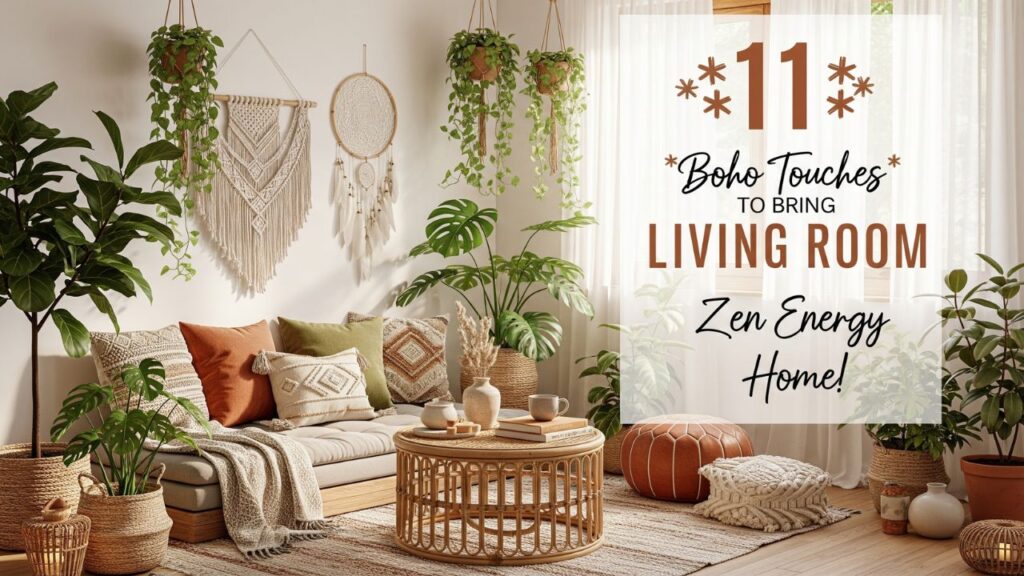
Table of Contents
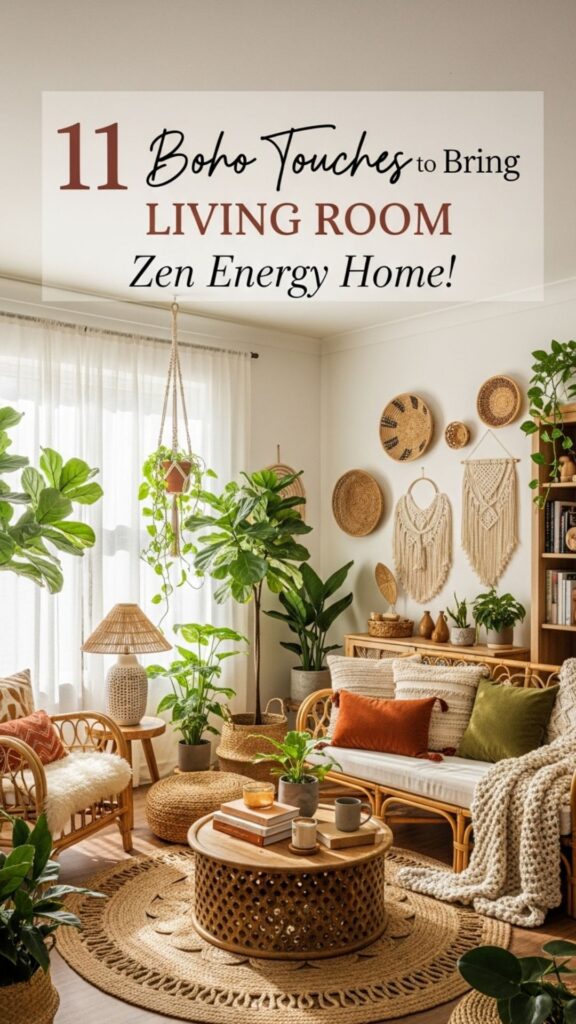
11 Boho Touches to Bring Living Room Zen Vibe
1. Embrace Natural & Organic Materials
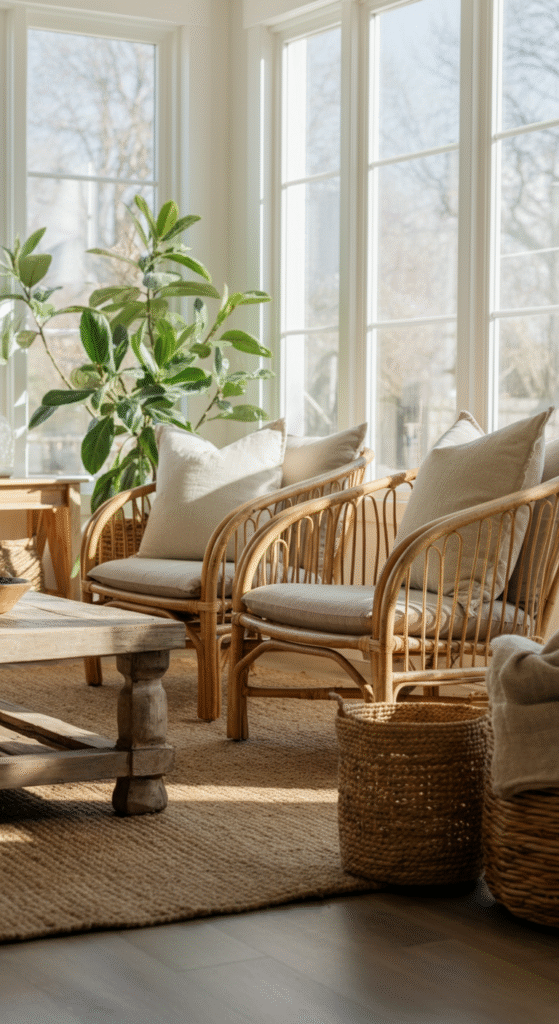
Layer in rattan chairs, jute rugs, carved wood tables, and woven baskets – these tactile materials instantly bring warmth and texture. According to interior experts, boho spaces lean heavily on these organic elements.
Organic materials speak to the senses: the roughness of rattan, the softness of a jute rug underfoot, the grain of reclaimed wood. All of these help ground us.
Tip: Choose one large natural piece (like a rattan lounge chair) and complement it with smaller ones (woven baskets, wood trays) so the feel is cohesive but not cluttered.
2. Layer Textures and Patterns
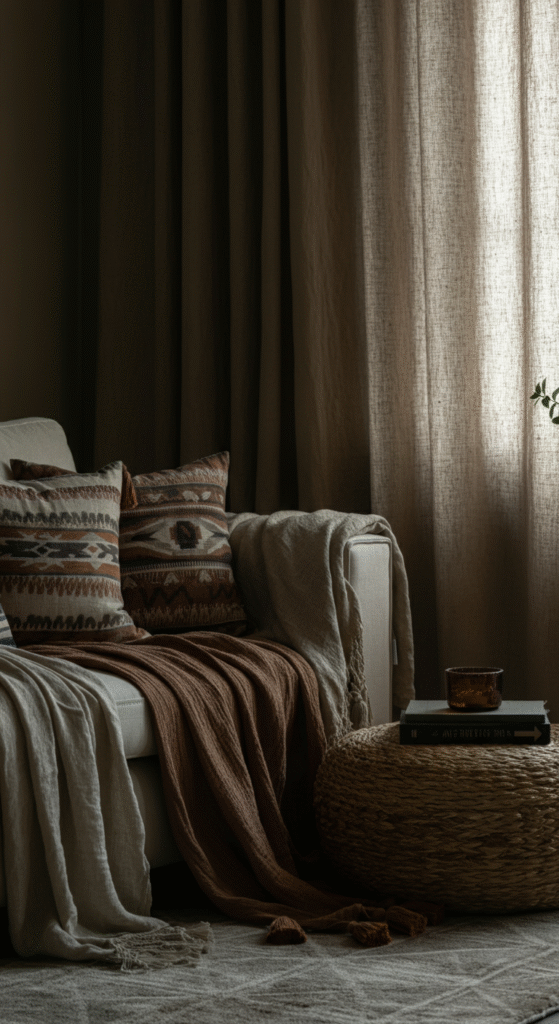
One hallmark of boho style is layering — not just one rug and a sofa, but multiple rugs, cushions, throws, textures, patterns. The trick is balance. Designers note that boho does not mean chaos, but rather an intentional mix of pattern and texture.
Interesting fact: The more tactile layers you have (think chunky knit throws, tasseled pillow covers, hand-woven rugs), the more inviting your space feels. The visual and physical texture invites touch, one of the keys to psychological comfort.
Tip: Pick two or three dominant textures (e.g., woven, fringe, wood grain) and two patterns (e.g., tribal, geometrics) and rotate which are dominant so the look remains dynamic.
3. Bring in Lots of Greenery
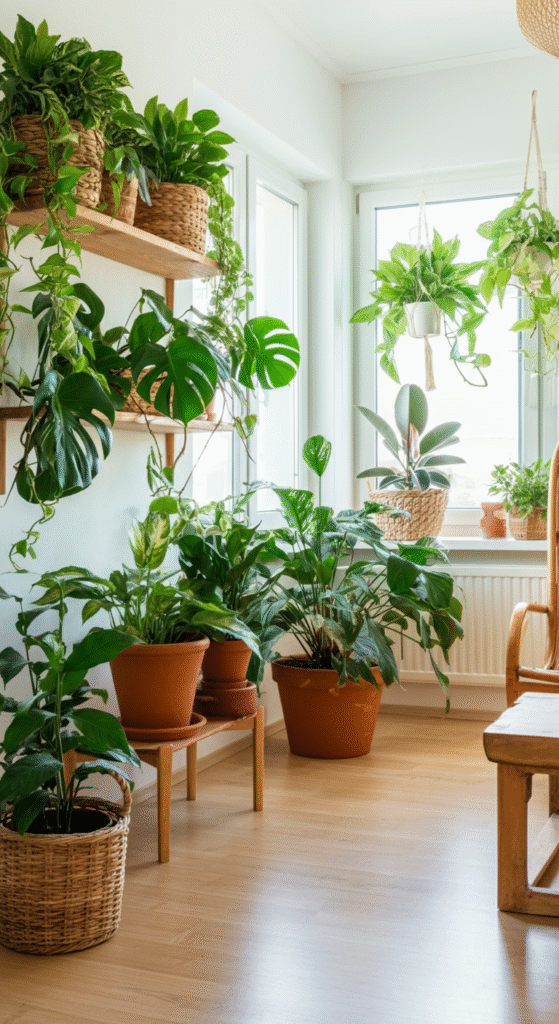
Plants are not optional. For a truly boho-zen living room, greenery is a must. Designers emphasise abundant vegetation as central to boho‐living rooms.
Plants bring colour, life, movement, and even cleaner air. They soften hard edges and make the space feel alive and breathing.
Myth to bust: “Boho = dusty old plants.” Not true. The real boho room has cared-for plants that look intentional, not an afterthought.
Tip: Select one large floor plant (like a monstera or fiddle leaf fig) and scatter 2-3 smaller ones on side tables or shelves. Use pots with natural finishes (terracotta, cane, woven) to match the material story.
4. Opt for Warm, Earthy & Rich Colours
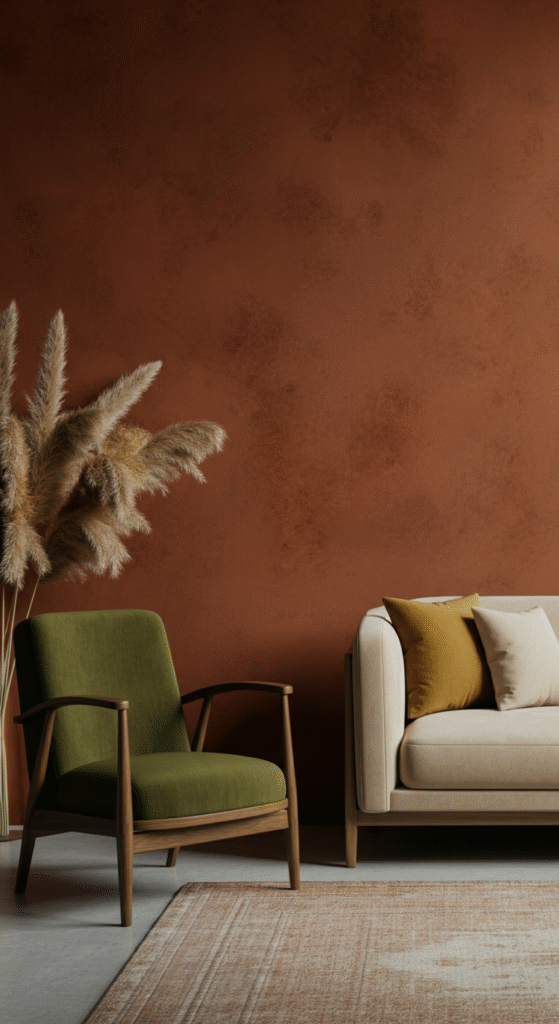
Boho doesn’t always equal bright neon colours. In fact, many boho living rooms lean into warm, earthy tones with selective pops of saturated colour.
Think terracotta, mustard, olive green, deep teal, faded rust, creamy whites. These anchor the space and keep it calm and cosy.
Do you know? The term “boho-chic” (for fashion) peaked in 2005 and originally had roots in the 19th-century bohemian lifestyle. That sense of layering culture, colour and relaxed comfort carries into interior design.
Tip: Use one bold colour for an accent wall or major piece (couch, armchair) and complement with neutrals and metallics for balance.
5. Incorporate Vintage or Travel-Inspired Finds
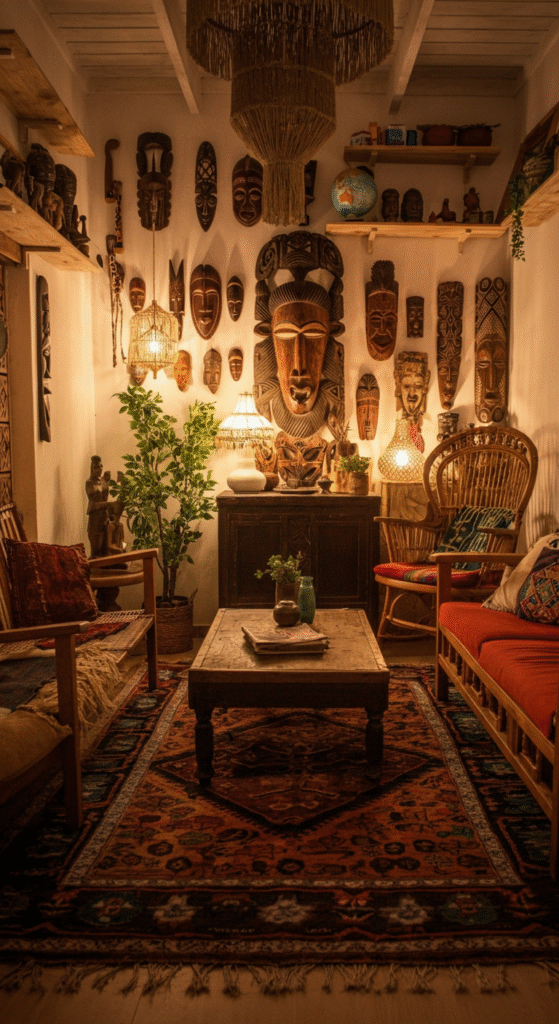
Another characteristic of boho is the “collected over time” look. Mixing vintage finds or travel-inspired artifacts adds character and story.
These pieces give your space uniqueness: a carved stool from a flea market, a Moroccan rug, wooden masks or frames from a trip. They anchor the space in story rather than showroom-uniformity.
Interesting fact: Bohemian style was originally used to describe artists and writers in France who rejected convention and embraced unconventional living. Bringing in vintage or travel pieces subtly echoes that ethos of individuality.
Tip: Choose one or two standout vintage pieces and make them focal. Surround them with simpler items so they shine and don’t overwhelm.
6. Use Soft, Curved Shapes Rather Than Harsh Lines
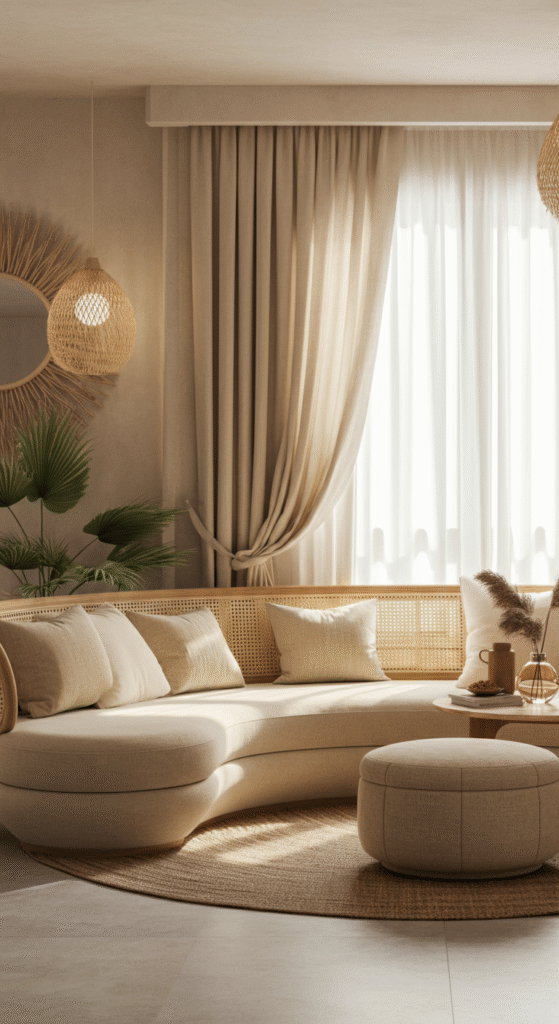
Boho-zen means comfort. One way to express that is through rounded furniture and soft silhouettes rather than rigid, straight-lined modern furniture. Designers mention organic shapes as core to the aesthetic.
Curves invite the eye to move gently around the room; they soften corners and create a relaxing flow.
Tip: Look for a rounded sofa or armchair, or substitute angular designs with cushions and throws that soften edges. Introduce side tables with curved legs, or round off hard edges with poufs or floor cushions.
7. Emphasize Ambient and Layered Lighting
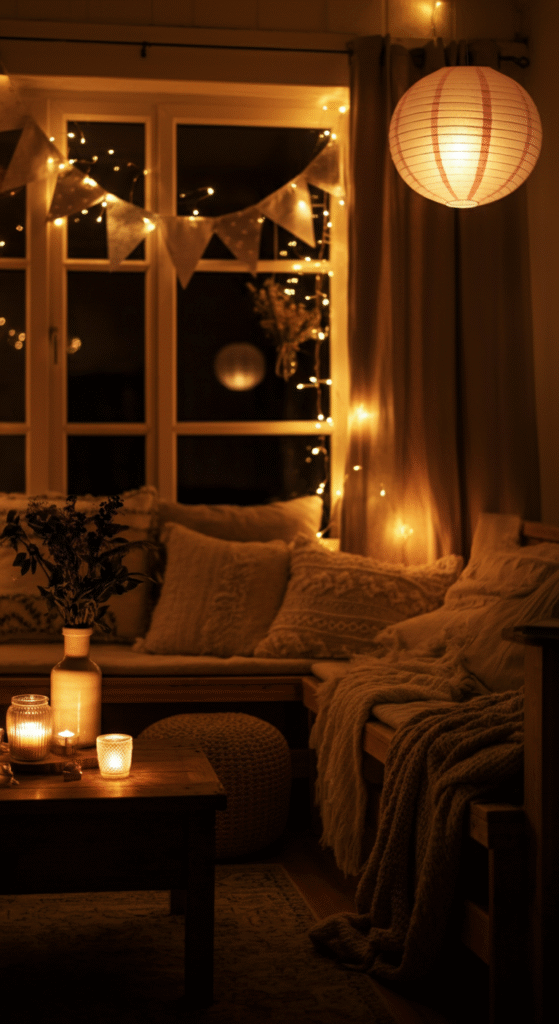
Lighting plays a huge role in how a space feels. For zen energy, think warm, layered lighting rather than one bright fluorescent source.
Include: a floor lamp with a soft shade, string lights or lanterns, candles or LED candle alternatives, maybe a dimmer switch. This creates pockets of light and shadow, which invite relaxation.
Myth to dispel: Boho isn’t about bright disco lights or blatant fixtures. The beauty lies in subtle, ambient glow that supports peace.
Tip: Use at least three types of light: overhead (if needed), task (reading corner), and accent (candle/lantern). Choose bulbs in the warm white spectrum (2700–3000 K) for a cozier feel.
8. Add Layers Underfoot — Rugs Within Rugs
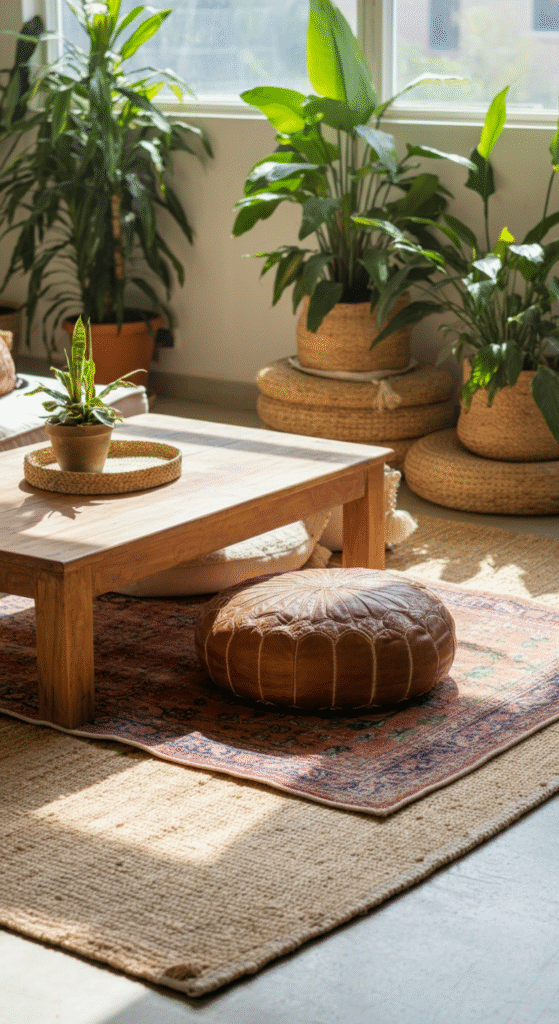
One of the easiest boho-zen hacks is to layer rugs. A larger base rug, and then a smaller textured, patterned rug on top. This not only adds visual interest, it also improves acoustics and softness underfoot. Designers note this layering as common in boho living rooms.
Especially in open-plan living rooms, rugs help define the seating area and make it feel intimate.
Tip: Choose a neutral jute or flat-weave as the base rug and layer a vintage or patterned rug in front of the sofa. Ensure the top rug is slightly smaller so the base shows around the edges.
9. Integrate Handcrafted Elements and Textiles
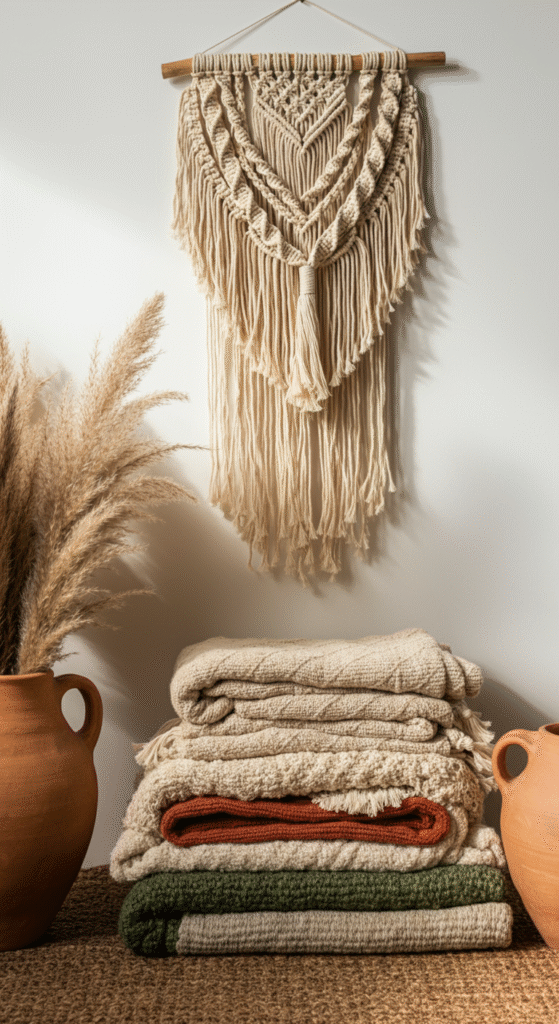
Handmade touches elevate the boho-zen feel from “decorated” to “curated and personal”. Think macramé wall hangings, woven wall art, fringe, tassels, hand-woven blankets. The play of handmade texture gives soul to the room.
Interesting fact: The resurgence of boho in interiors taps into a larger cultural shift back towards craft, sustainability, and authenticity in home design.
Tip: Add one large handcrafted piece (like a macramé art piece or tapestry) and then scatter smaller handmade accents (woven pillows, boucle cushions). Keep the handmade items in a similar colour palette so the look remains cohesive.
10. Create Nooks & Lounging Zones
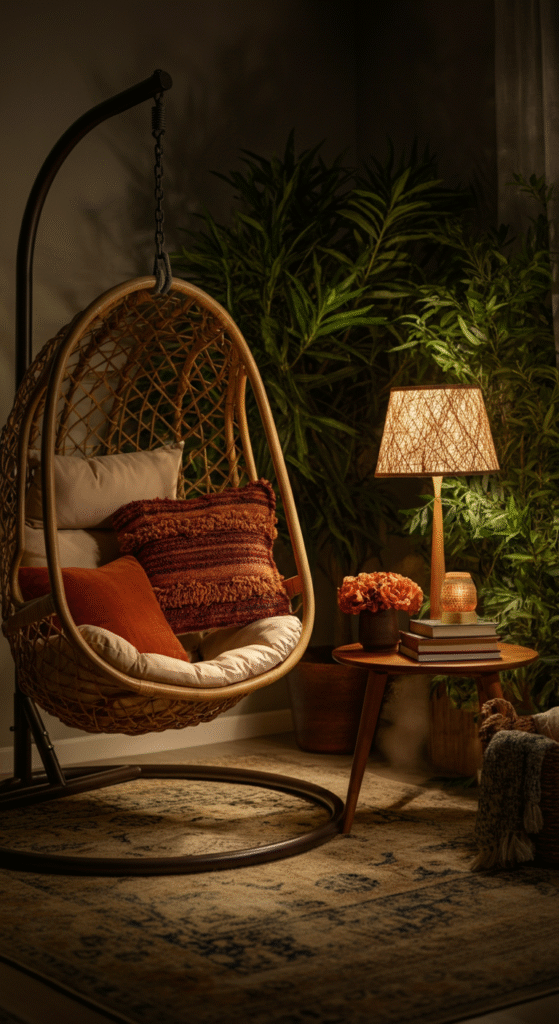
A truly zen living room invites you to linger. Boho design encourages lounging — so carve out a nook or relaxed seating area beyond the central sofa. This might be a hanging rattan chair, a floor cushion cluster, a daybed by a window. Designers cite hanging chairs and relaxed seating as boho staples.
This is where you slow down, read a book, sip tea. The space doesn’t just look pretty, it works for you.
Tip: If space allows, place a rattan hanging chair in a corner with a floor lamp and side table. Or scatter floor cushions and a low coffee table. Use a small rug to anchor the nook distinct from the main seating area.
11. Keep the Palette Balanced & Clutter Controlled
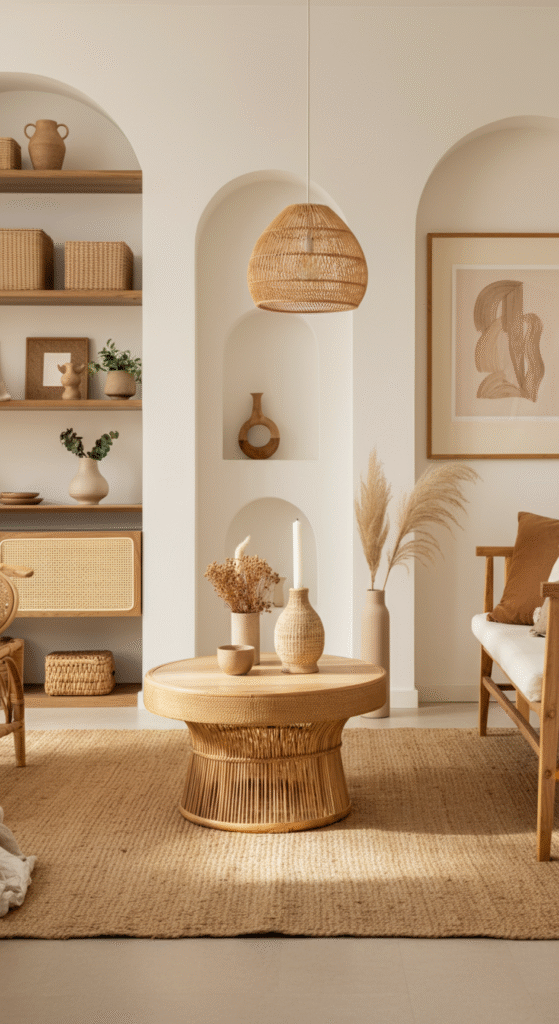
The final touch is perhaps the most important paradox: boho = layers, but zen = calm. The key is balance. Too much random furniture, clashing patterns and colour overload will overwhelm the space. Designers caution that boho doesn’t have to equal chaos.
Myth: “Boho = messy.” Not true. A thoughtfully designed boho-zen living room feels intentional, restful and curated.
Tip: Use the rule of 60-30-10 for your palette (60% main colour, 30% secondary, 10% accent). Limit large furniture pieces to simpler shapes; let the details (cushions, throws, plants, artisan pieces) carry the complexity. Make sure walkways remain clear, and build in intentional “empty” space so the room breathes.
Conclusion
Infusing your living room with boho touches doesn’t mean you’re turning your space into a dated hippie commune or a busy marketplace of patterns. Instead, when done with intention, boho can become one of the most peaceful, soulful and welcoming design styles — a true zen sanctuary within your home.
From grounding textures and natural materials, to layers of rugs and plants, from handcrafted details to vintage finds, each of these 11 touches invites you to feel … to linger … to relax.
Remember: it’s the balance of eclectic and calm, the union of global-inspired visuals with personal story and the layering of light, texture and colour in a way that feels lived-in, not staged.
Now take a walk through your living room and ask: which one of these 11 do I already have? Which one could I add or refine? Start with one change, enjoy the process, and watch your living room transform into a space that breathes and flows — a place you’re excited to return to, every single day.
Frequently Asked Questions (FAQs)
How can I make my living room feel more Zen without making it plain?
Layer organic textures like rattan, jute, and linen while keeping the palette earthy. Add plants and ambient lighting for a relaxed flow without clutter.
Is Boho the same as eclectic?
Not exactly. While both mix textures and colors, Boho has a grounded, natural base and a soulful energy, whereas eclectic can feel more experimental and contrasting.
Can small living rooms pull off Boho style?
Absolutely. Use light colors, hanging plants, compact furniture, and layered textiles to create depth and warmth without overwhelming the space.
What are must-have items for a Boho Zen living room?
Think macramé art, woven rugs, indoor plants, handcrafted pottery, and cozy throws — all in a cohesive palette of earthy tones.
Do I need to buy everything new for the Boho look?
No. In fact, the beauty of Boho lies in blending old and new. Mix vintage finds, travel souvenirs, and modern pieces for authenticity.
